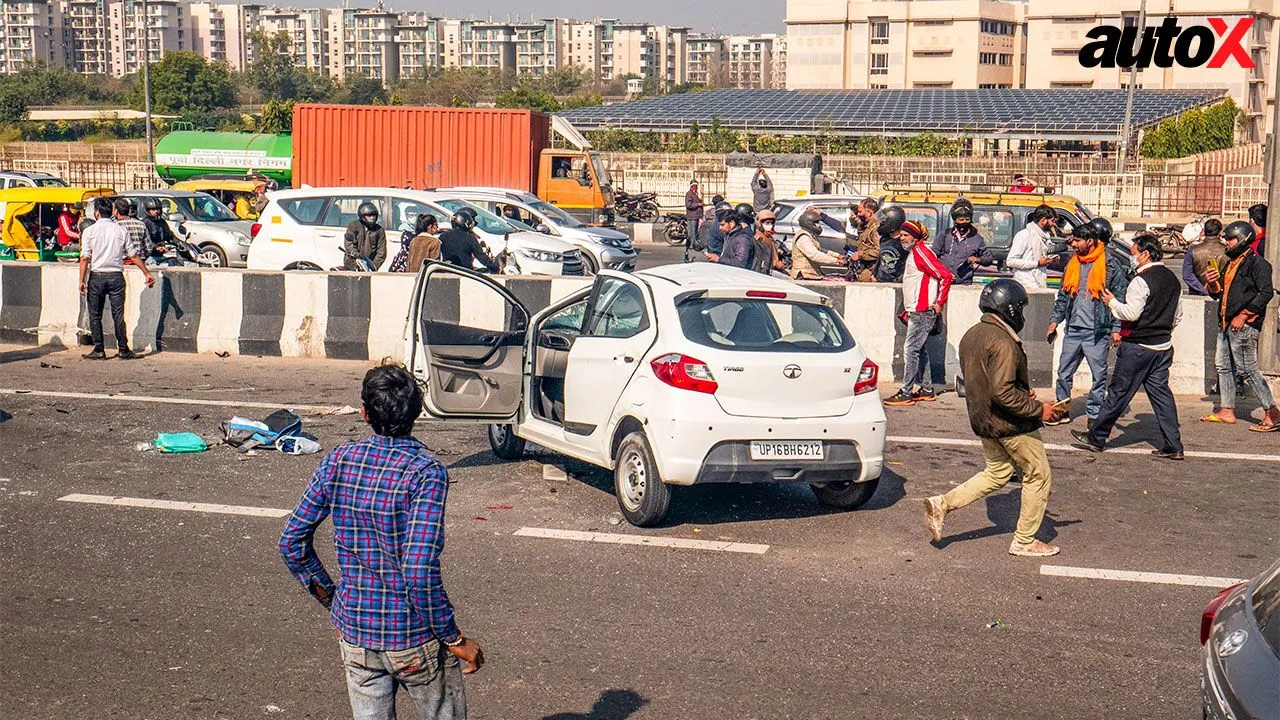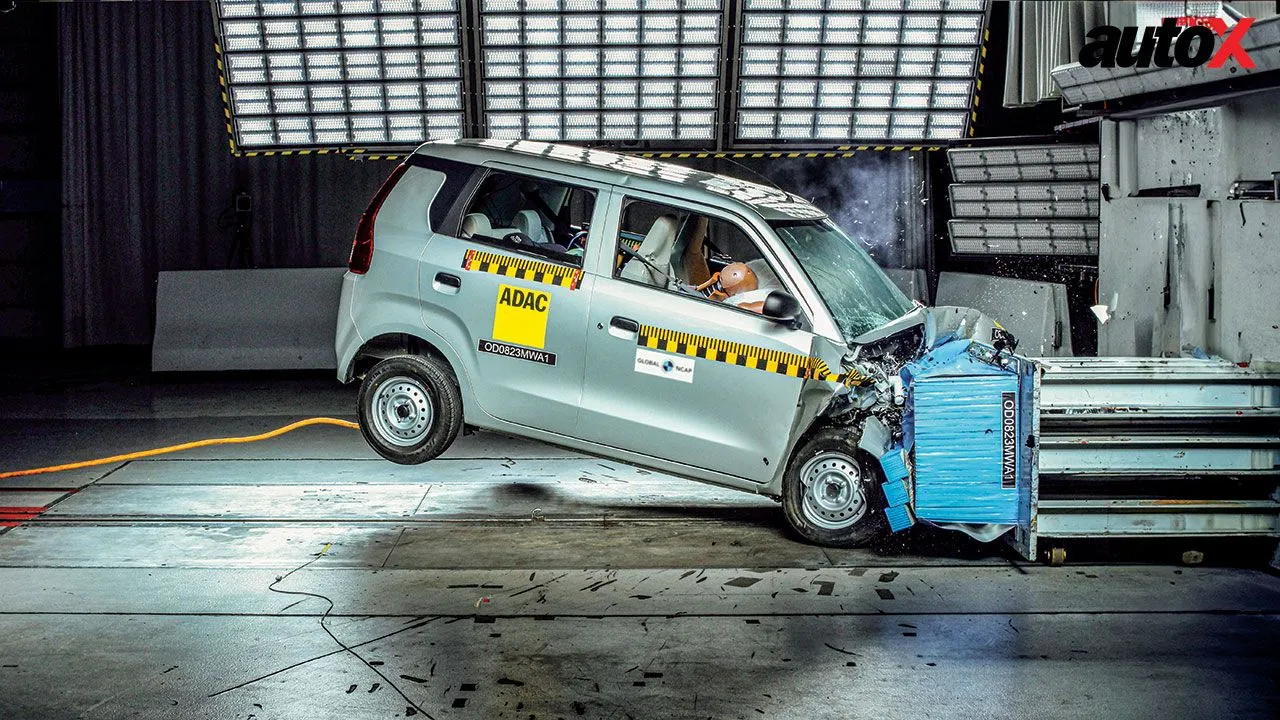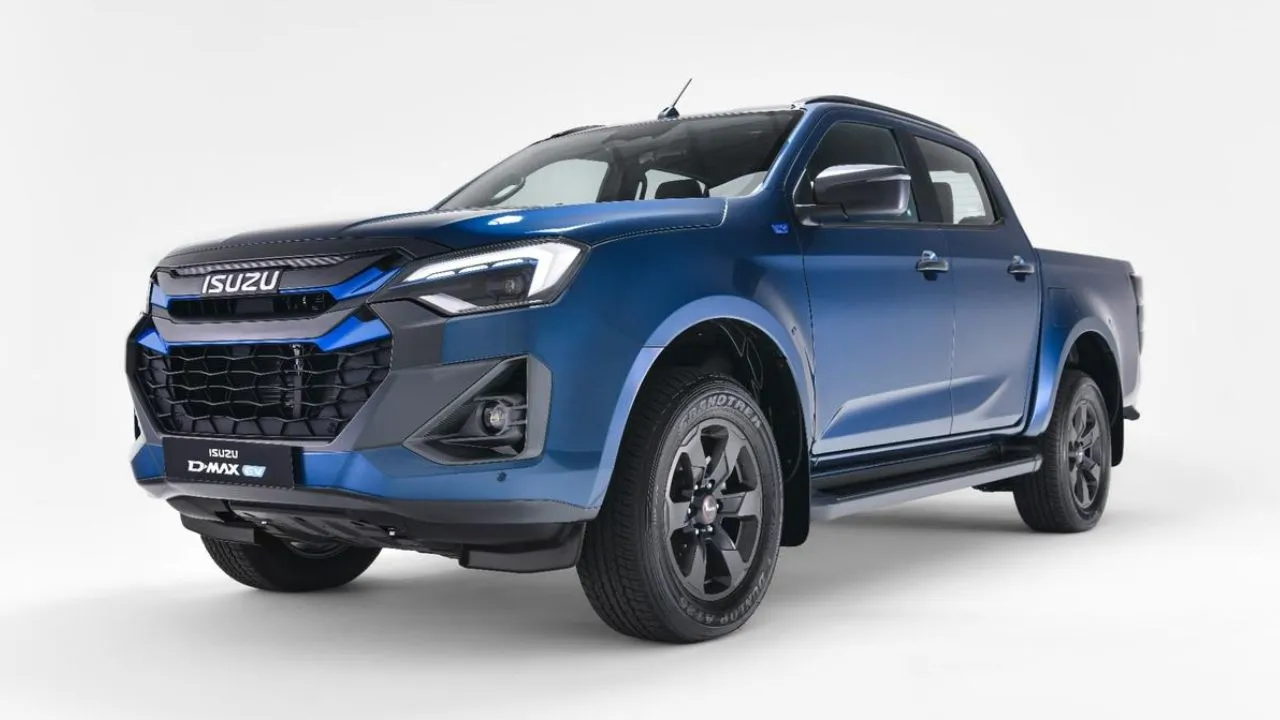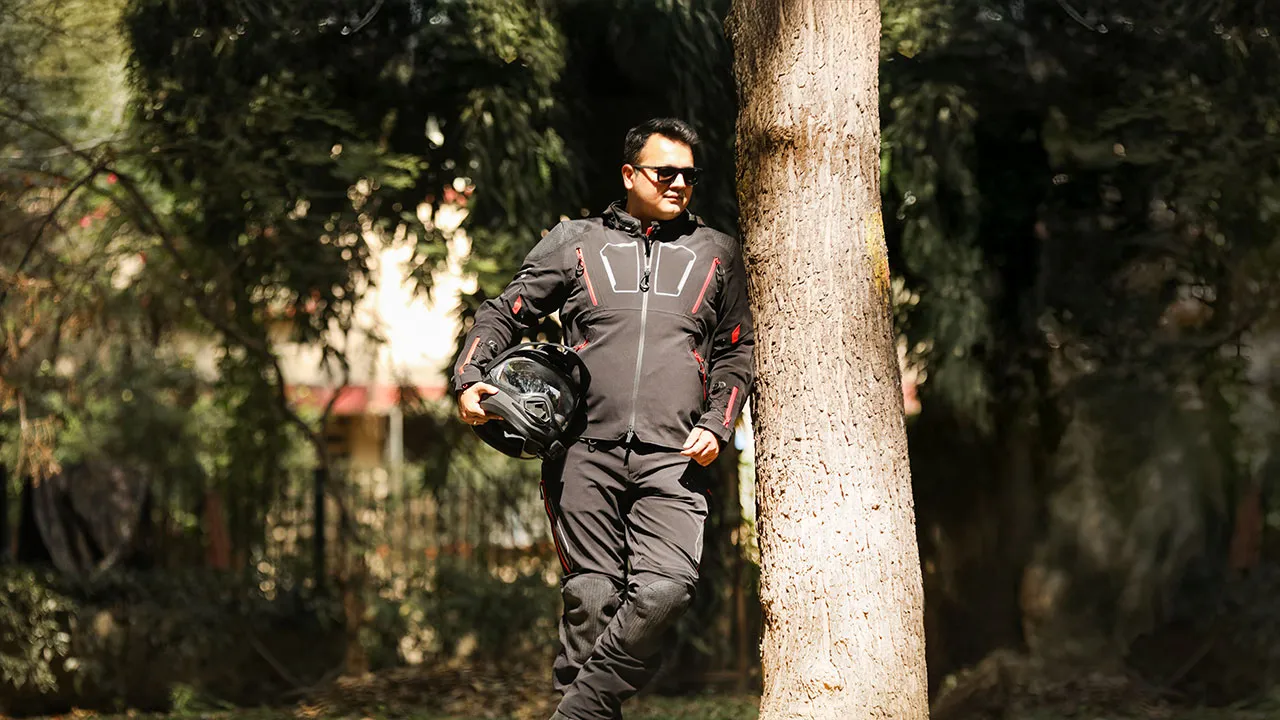Behavioural science helps bring down road crashes & save lives
Behavioural science. Sounds forbidding already. But in the interest of following up on new insights into road safety, I have plodded through some interesting data on how interventions using behavioural science has actually saved lives in India. God knows we need it.

Interventions using behavioural science substantially bring down road crashes. And save lives! Srini discovers how.
Behavioural science. Sounds forbidding already. It uses words like heuristics, goal incongruence and in-attentional blindness. But in the interest of following up on new insights into road safety (and sacrificing a much-deserved Sunday afternoon post-lunch siesta, mind you) I have plodded through some interesting data on how interventions using behavioural science has actually saved lives in India. God knows we need it.
I’ll come to what is behavioural science later. First, let’s understand the impact of the interventions using this science. On the Moradabad-Bareilly highway, in the one year between July 2016 and June 2017, there were 14 fatal incidents, which came down to 6 in the following twelve months of July 2017 to June 2018 (–57%). 35 major incidents were down to 17 (–51%), 35 minor incidents reduced to 23 (–34%) and 42 non-injured incidents came down to 22 (–48%). In total, the 126 incidents from July 2016 to June 2017 were down to 68 (–46%). I have included the percentage figures not because I like them, but to point out the steep fall. While I really hate numbers, I’m sorry I have to give you some more in order to substantiate what I’m coming to – it’s important.
On the Andhra Pradesh Expressway in the Kurnool stretch, there were 41 fatalities between May 2013 and April 2014. Post the implementation of behavioural science interventions, it came down to 18 (–56%) between May 2015 and April 2016. Similarly, on the Hanumangarh-Kishangarh highway in Rajasthan, on Section 1, fatal crashes were down from 67 in the November 2013-October 2014 period to 36 (–46%) in the following 12 months. On Section 2, in the same period under consideration, fatal crashes were down by a solid 70%, from 31 to 9.
By all measures, these interventions seem to have worked. That too, across three diverse parts of India – regions, cultures, demographics, psychographics, etc. Case studies like these are proof that behavioural science interventions work despite our differences – all the more reason to introduce them all over our highways. Because, as per the Government’s 2019 data, National and State highways contribute to over SIXTY per cent of the annual 150,000-plus road fatalities in India. What’s frightening is that these National and State highways account for only FIVE per cent of our total road network.
Got your attention, right? Reducing black spots – where village or service roads intersect with the main highway, for example – can substantially bring down these fatalities. But changes in infrastructure are not enough, you need to make people shed speed before approaching these black spots. For that, behavioural science helps.
What is it then? It’s a scientific study of human behaviour that uses different fields and theories from (deep breath) cognitive neuroscience, behavioural economics and design. When it comes to road safety, behavioural science says that high awareness is not enough because it does not translate into corresponding actions. In other words, despite knowing what is unsafe driving or riding, we proceed to do just that. The reason for this behaviour, as the science says, is because it is influenced by several non-conscious biases. Hmm.
Okay, so I spoke to Biju Dominic, of Final Mile Consulting, a behavioural science firm that has done all these interventions to tell me a little more about it. “Driving is a non-conscious activity. To make drivers conscious before reaching a black spot, messages on signboards aren’t effective, because reading while driving is a cognitive load and things have to work at milliseconds in the brain to process information.” So, what’s the way out? That’s where you need interventions that provoke a response from the driver at a non-conscious level. And what were those? Well, you’ll just have to wait for the second part of this column to find out.
Meanwhile, I also checked out the meaning of ‘heuristics,’ which I admit I didn’t know till I started writing this column. To spare you the effort, Wikipedia says it stands for ‘any approach to problem solving or self-discovery that employs a practical method that is not guaranteed to be optimal, perfect, or rational, but is nevertheless sufficient for reaching an immediate, short-term goal or approximation.’ What? Okay then, in simple words, Google tells me, it ‘enables someone to discover or learn something for themselves.’ Let me use it in a sentence: I could have made you search for the meaning of heuristic, but chose not to.
Read more:
Tamil Nadu shows the way by reducing its road crashes & fatalities






























Write your Comment on